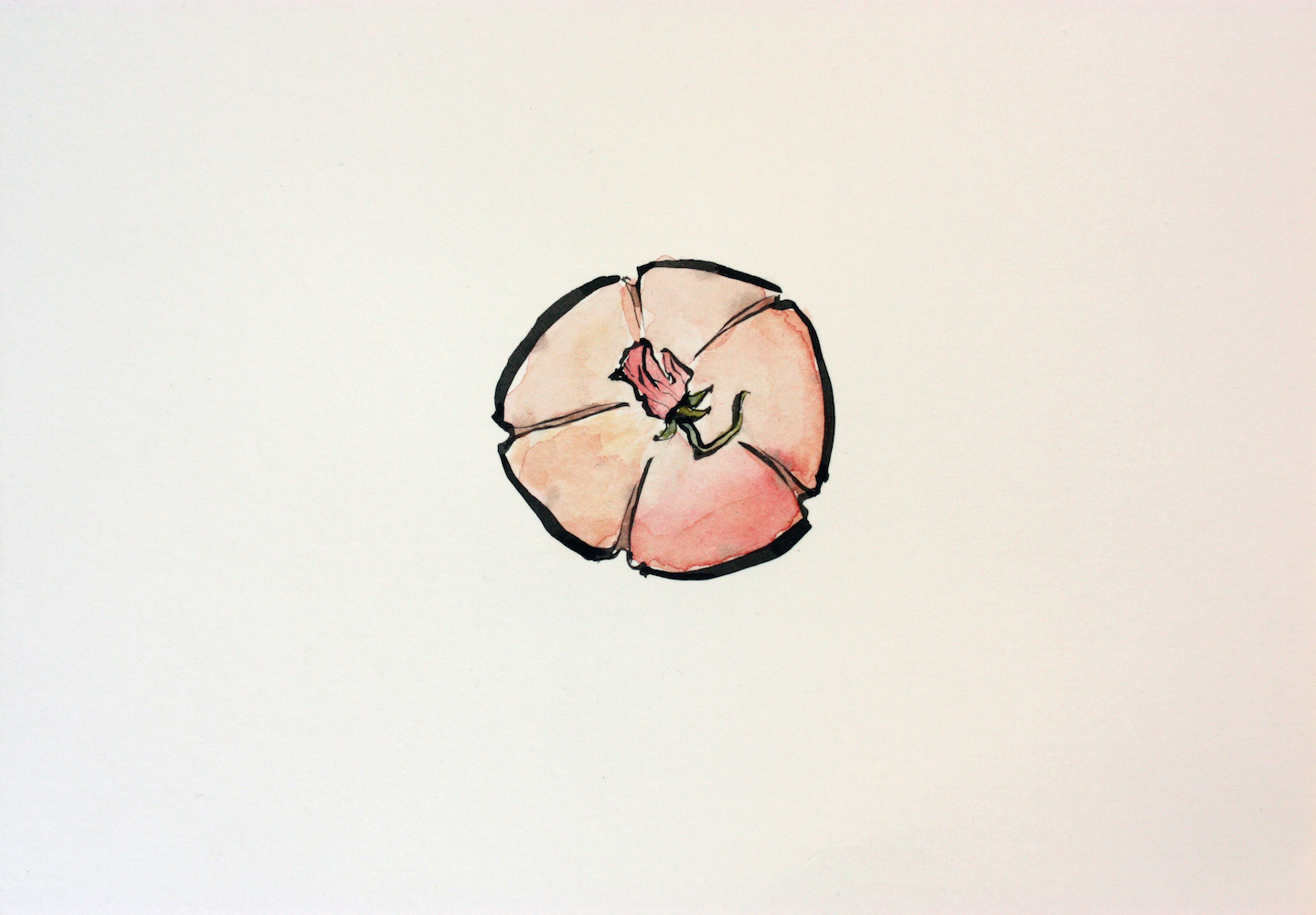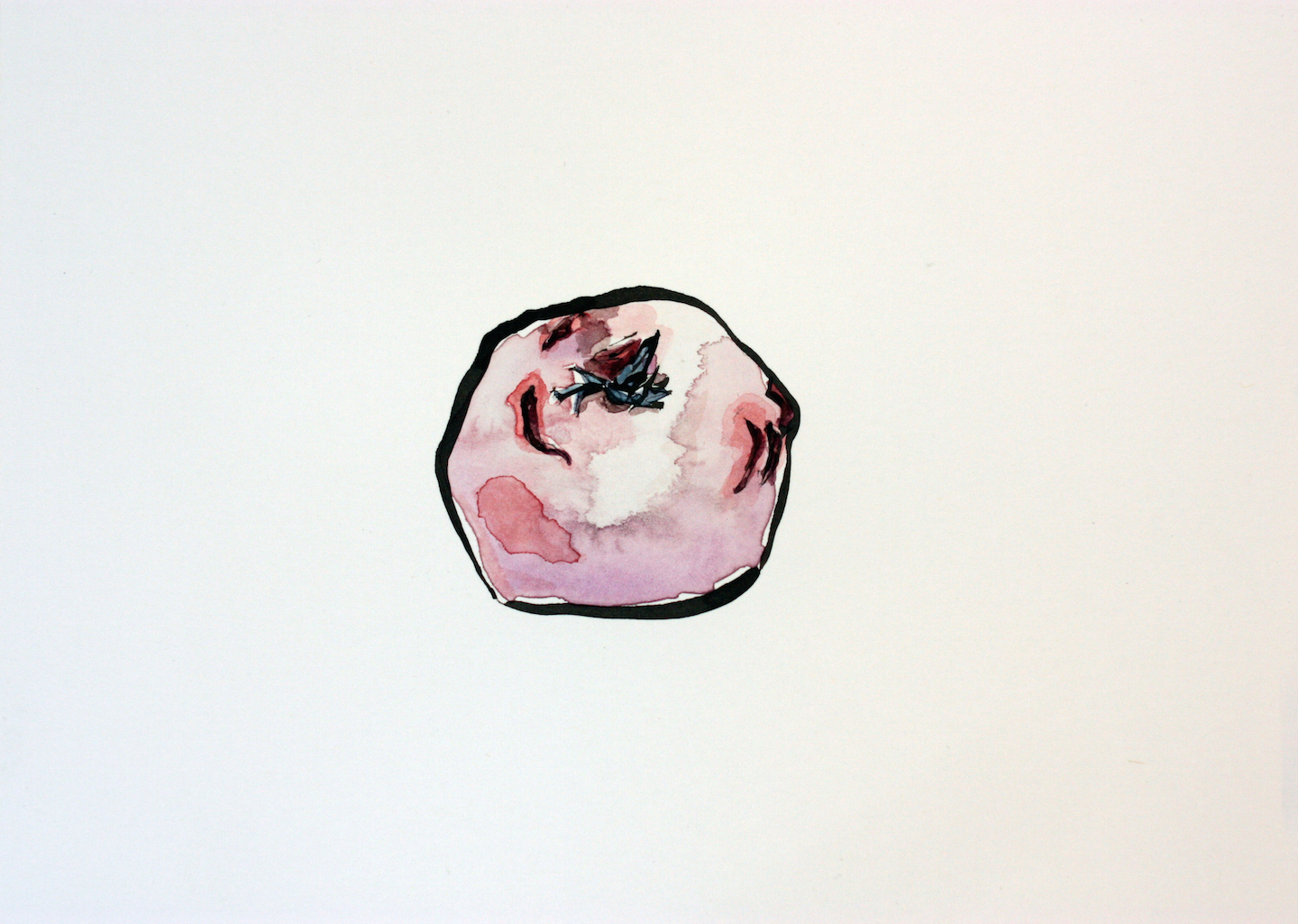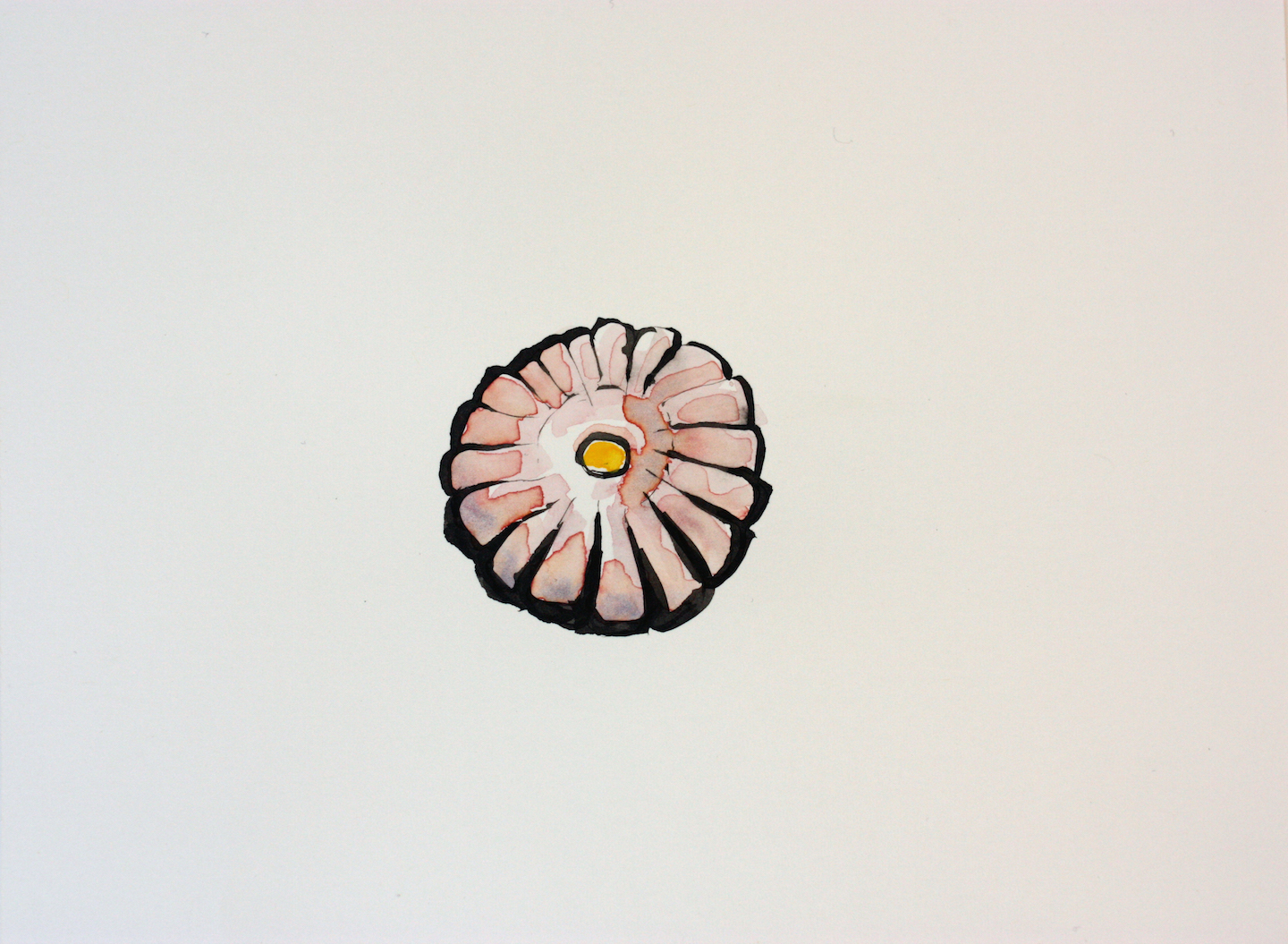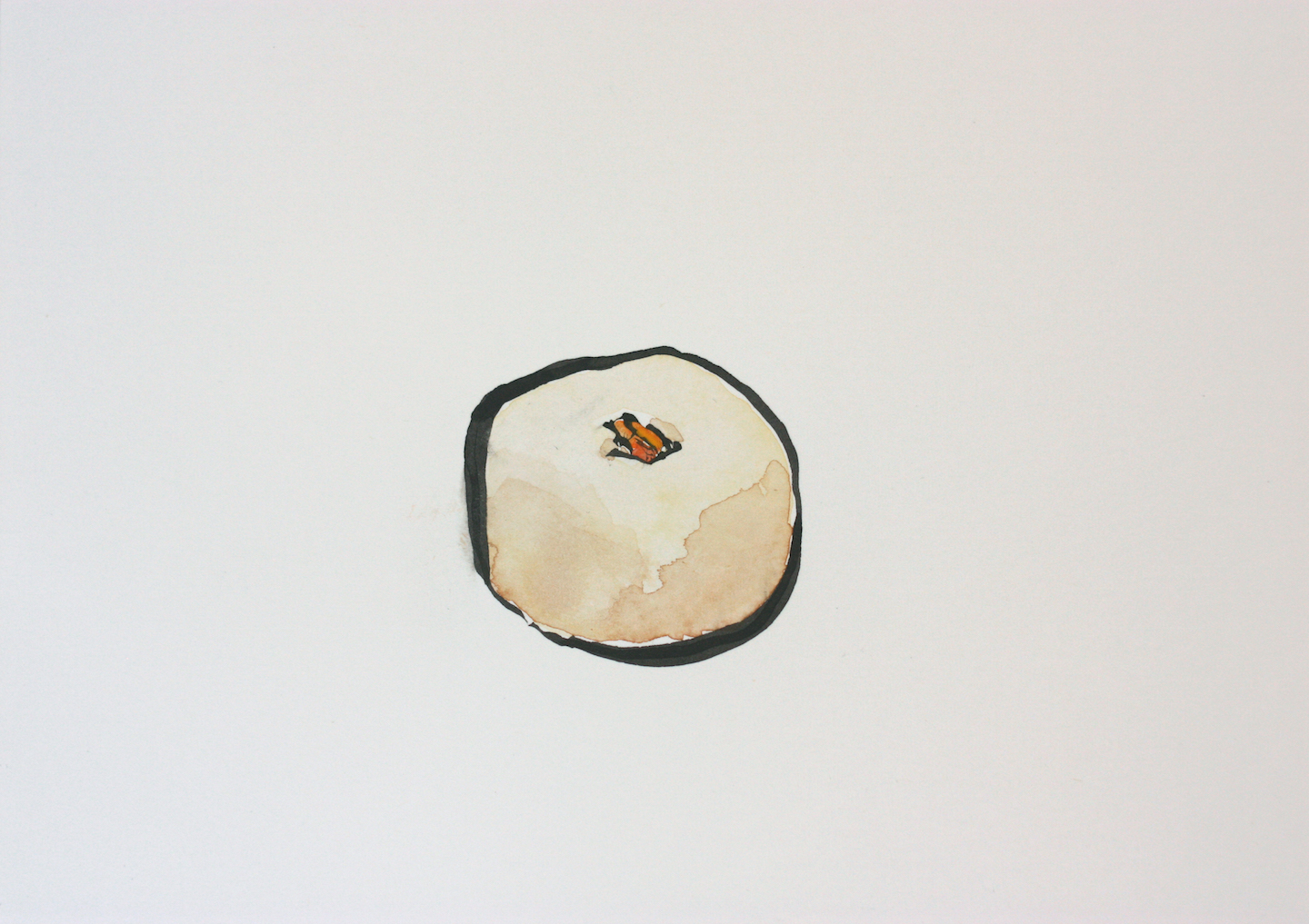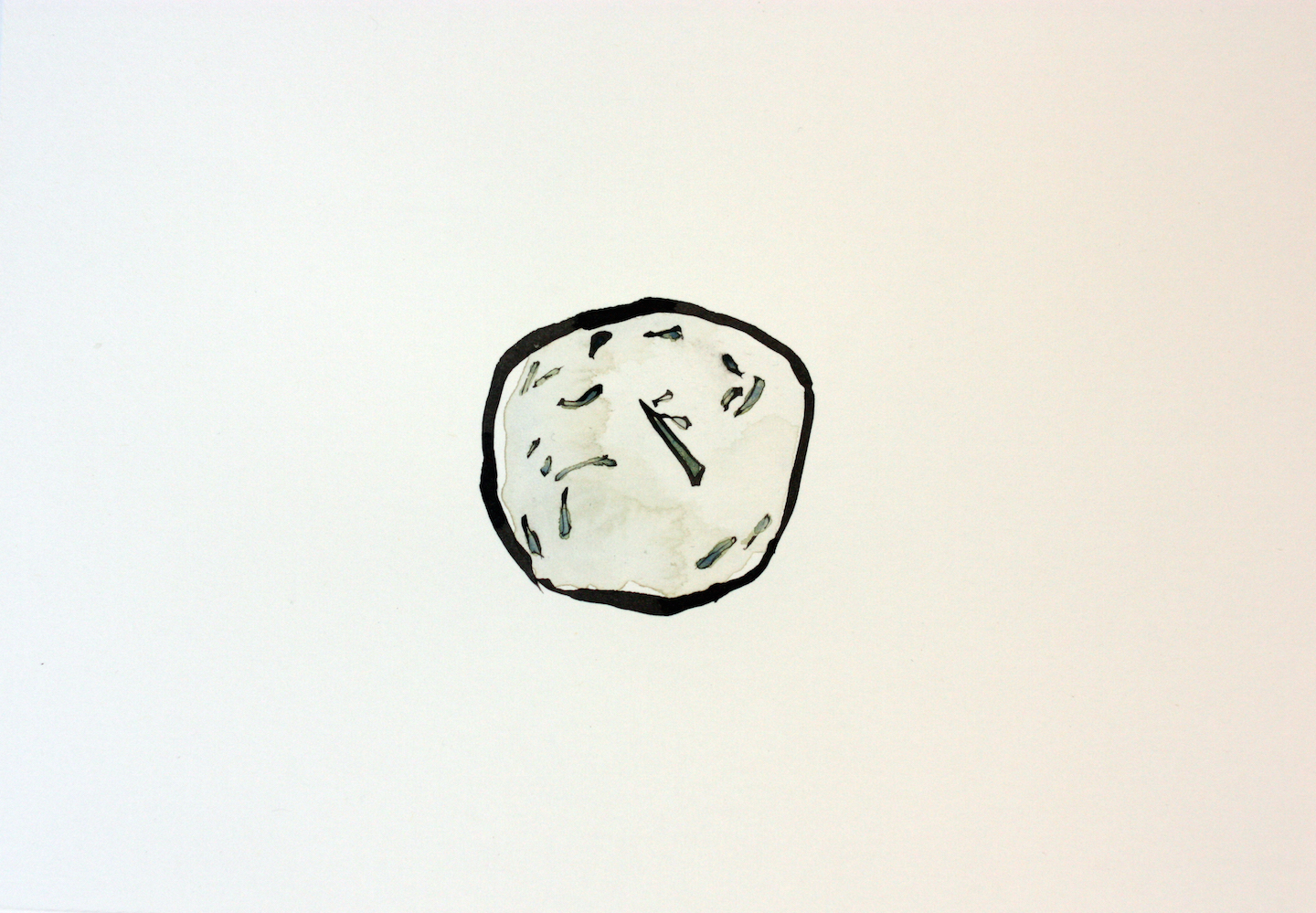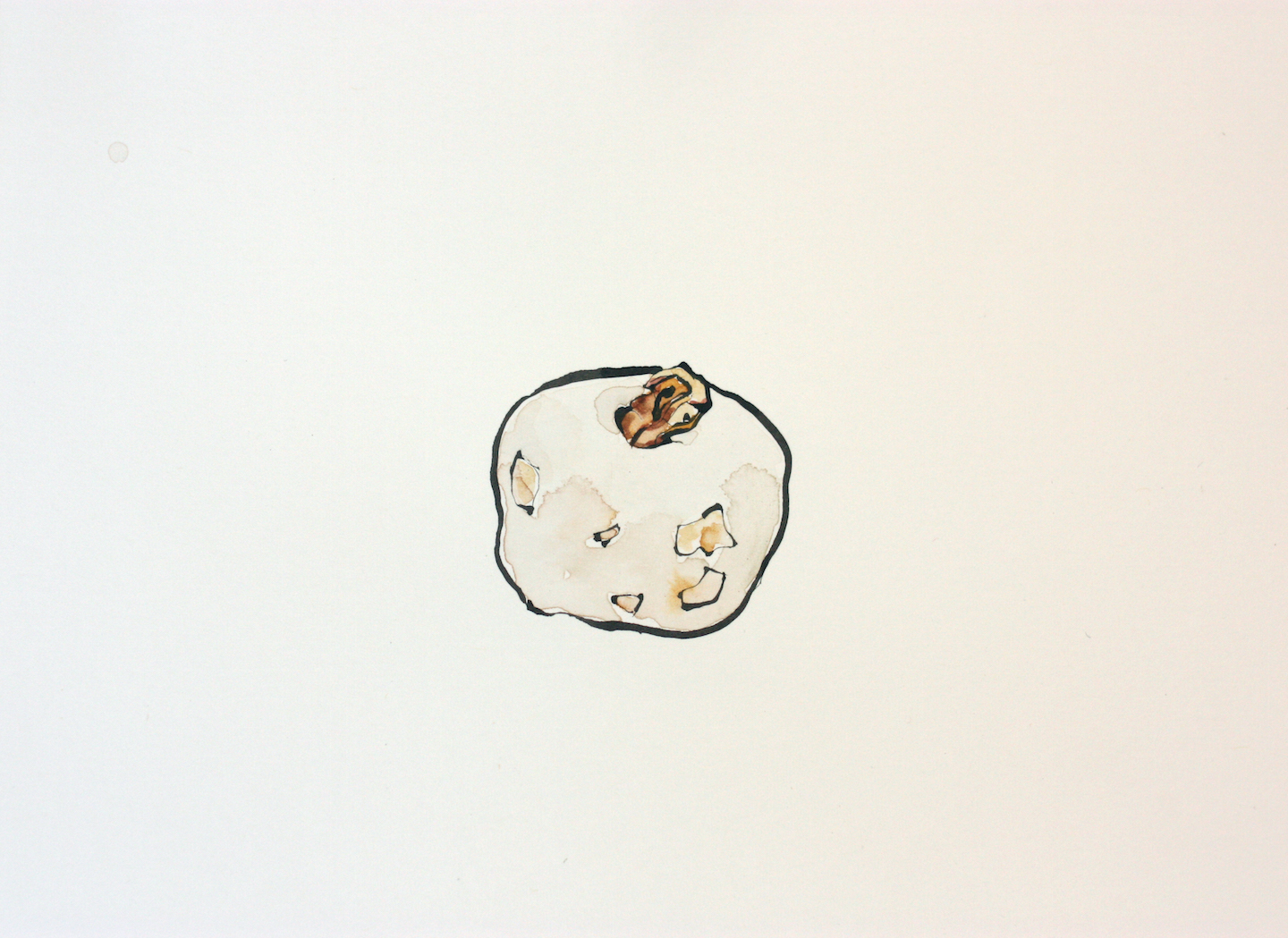In less than five minutes with me the subject of food is likely to come up in conversation. I love how it can represent culture, creativity, tradition, and most importantly the creative mind of our Creator. Taste buds, colors, textures, variety...most of it isn't for survival but for enjoyment. What a gift! Sadly, there is no place around to buy traditional Japanese sweets. Some markets and shops have mochi but they are often unnaturally bright colored, excessively sweet, or clumsily shaped. So, if I want them, I have to make them.
Sakura (salted cherry blossom) nerikiri with sakura mixed into red bean filling
Most Japanese confections are made of sweet rice, beans, and sugar, but there are hundreds of variations in the grind of sweet rice, bean type, sugar type and amount, and other mix-ins.
Just like sushi chefs, woodworkers, or printmakers, Japanese sweets are made by craftsmen who have learned the trade after years of training. I would love to be an apprentice! But in the mean time youtube and cookbooks will suffice. I've been experimenting a lot, and am thinking about a mochi catering business on the side. We'll see. I have too many "side business" ideas.
In case I decide to go with this side business plan, I would need a business card. I photographed the Japanese sweets I made so I painted those photographs (since the sweets are long gone in my stomach).
Hibiscus flower mochi with red bean
Things I like to make often have Japanese and Western influences [for instance, the hibiscus flower mochi above with red bean filling], so I thought the name "Hapa Kitchen" (hapa="mixed," usually refers to mixed Asian ethnicity) was appropriate. It was already taken by a hapa supper club network.
Chrysanthemum nerikiri with lima bean filling
Candied orange peel (homemade) mixed into lima bean filling
Sencha mochi with red bean
Walnut mochi with red bean
Most likely more food paintings to come!
